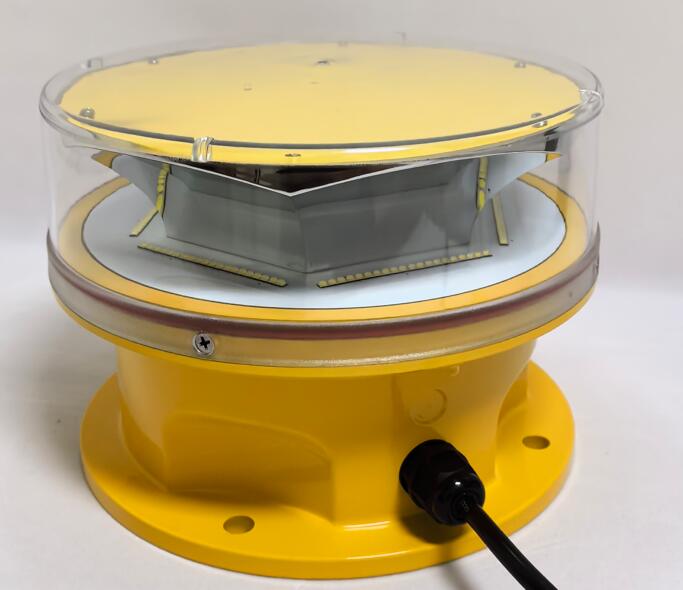In the complex ecosystem of aviation safety, visibility is paramount. Among the many components that ensure safe air navigation, aircraft warning light bulbs serve as silent guardians, marking tall structures and alerting pilots to potential hazards. These specialized lights are engineered to withstand extreme conditions while providing reliable illumination day and night. This article examines the role, types, technological advancements, and regulatory standards of aircraft warning light bulbs, highlighting their indispensable contribution to aviation safety.
The Vital Role of Aircraft Warning Light Bulbs
Aircraft warning light bulbs are designed to prevent collisions between aircraft and obstacles such as communication towers, wind turbines, bridges, and skyscrapers. Their primary functions include:
Hazard Identification – Ensuring pilots can detect tall structures, especially in low visibility.

Regulatory Compliance – Meeting international aviation lighting standards.
Enhanced Safety – Reducing the risk of mid-air and ground collisions.
Without these lights, the aviation industry would face significantly higher risks, particularly in urban areas with dense infrastructure.
Types of Aircraft Warning Light Bulbs
Different structures require different lighting solutions. The most common types of aircraft warning light bulbs include:
1. Incandescent Bulbs
Traditional but gradually being phased out.
High heat output and shorter lifespan compared to modern alternatives.
| Aircraft Warning Light Bulbs |
2. LED Bulbs
Energy-efficient, durable, and long-lasting.
Preferred for their brightness and low maintenance requirements.
Used in both steady and flashing configurations.
3. Xenon Strobe Bulbs
High-intensity flashes for maximum visibility.
Commonly used in high-risk zones and on very tall structures.
4. Halogen Bulbs
Brighter than standard incandescent bulbs.
Still used in some older systems but being replaced by LEDs.
Regulatory Standards for Aircraft Warning Light Bulbs
To ensure uniformity and effectiveness, aviation authorities enforce strict guidelines:
ICAO (International Civil Aviation Organization) – Sets global standards for obstruction lighting.
FAA (Federal Aviation Administration) – Regulates intensity, color, and flash patterns in the U.S.
EASA (European Aviation Safety Agency) – Oversees compliance in Europe.
Key requirements include:
Proper light intensity based on obstacle height.
Correct flash patterns (steady or intermittent).
Weather-resistant and durable construction.
Technological Advancements
Modern aircraft warning light bulbs incorporate cutting-edge innovations:
Smart Monitoring Systems – IoT-enabled diagnostics for real-time failure alerts.
Solar-Powered Options – Ideal for remote installations without grid access.
Adaptive Brightness – Automatically adjusts based on ambient light conditions.
These advancements enhance reliability while reducing energy consumption and maintenance needs.
Challenges and Future Trends
Despite their effectiveness, aircraft warning light bulbs face challenges:
Extreme Weather Durability – Resistance to ice, storms, and temperature fluctuations.
Light Pollution Concerns – Balancing visibility with environmental impact.
Future developments may include:
Self-Cleaning Coatings – Reducing maintenance in harsh environments.
AI-Powered Predictive Maintenance – Anticipating failures before they occur.
Enhanced Integration with ATC Systems – Improving real-time hazard awareness.
Aircraft warning light bulbs are a cornerstone of aviation safety, ensuring that obstacles remain visible to pilots in all conditions. As technology evolves, these lights will become even more efficient, durable, and intelligent—further safeguarding the skies for generations to come.